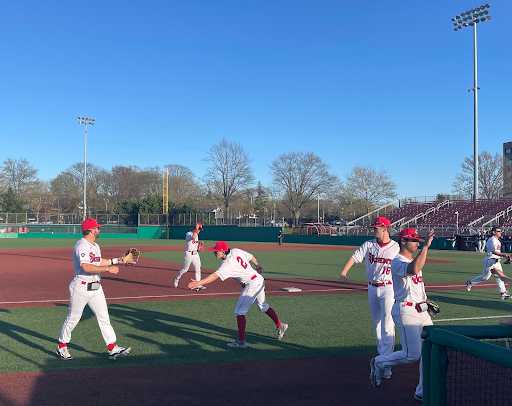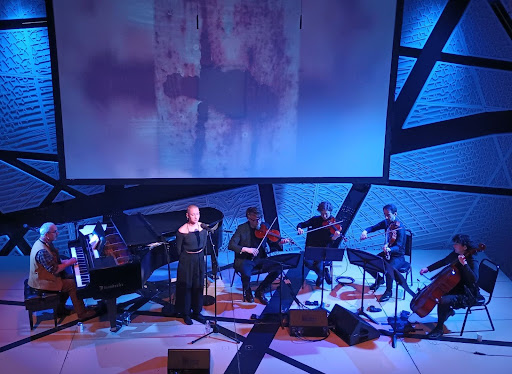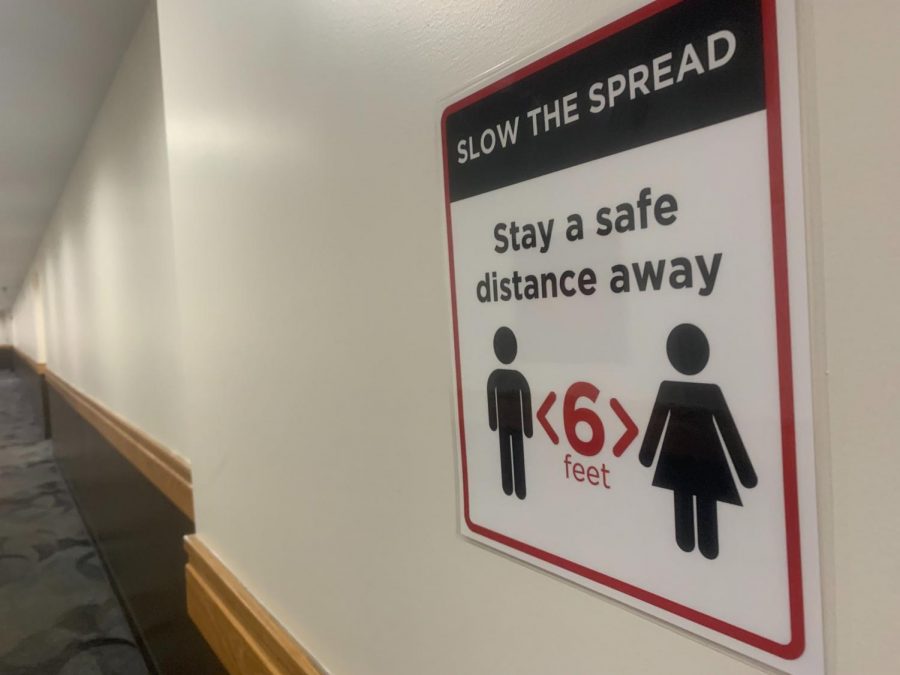“A woman is not born, she is created,” said the French feminist philosopher Simone De Beauvoir. Since women represent 52 percent of the global population, one would assume that the majority of the laws would be indicative of that fact. Social political science has shown us otherwise, as it took this nation almost a century and a half to grant women the right to vote with the 19th Amendment. Unfortunately, many masculine-oriented and patriarchal societies continue to implement these archaic notions. Politics and the past aside, there have been strides in the area of the women’s liberation movement. Women now hold more prominent executive titles now than ever before. The universal quest for higher education, the strides made by other demographic groups and the overall higher awareness of the public to the demands of women are some possible causes for this phenomenon.
The reason for this introduction is to express my dissatisfaction with the absence of a women’s club or group at any of the St. John’s University campuses. St. John’s provides an excellent alternative to the fraternities and sororities with multidimensional groups. Yet, the university has overlooked a significant aspect of its student body, especially with the implementation of the residence halls. While this is not about security or the like, incidences of date rape and/or sexual assault can occur in residence halls. There have been no such incidents reported on campus, but several female students have voiced their resentment at the lack of a women’s support group. Given the trouble on campus during the semester, one would give such a proposal serious contemplation.
St. John’s security has a method that students of both sexes can use in case of emergency. Several blue lights are strategically placed in areas like the Main Gate on Utopia Parkway, the library and Marillac Hall. These blue lights, as well as the security phones (which dial directly to the office), remain an asset to those in search of help late at night or in the absence of the public. Yet, this functions as a precautionary tool. There is no post-traumatic method to deal with the consequences. There was a failed attempt to organize a women’s advocacy group. The details are obscure, but perhaps a greater demand on the part of the students for the creation of the group would alleviate the problem. The creation of a group as fundamental as this should not be a problem, given that the goals and proposals are worthwhile and beneficial to a great majority of students. St. John’s would benefit greatly as well, due to the expressed vocal and written concerns of the female student population present on this campus.

















